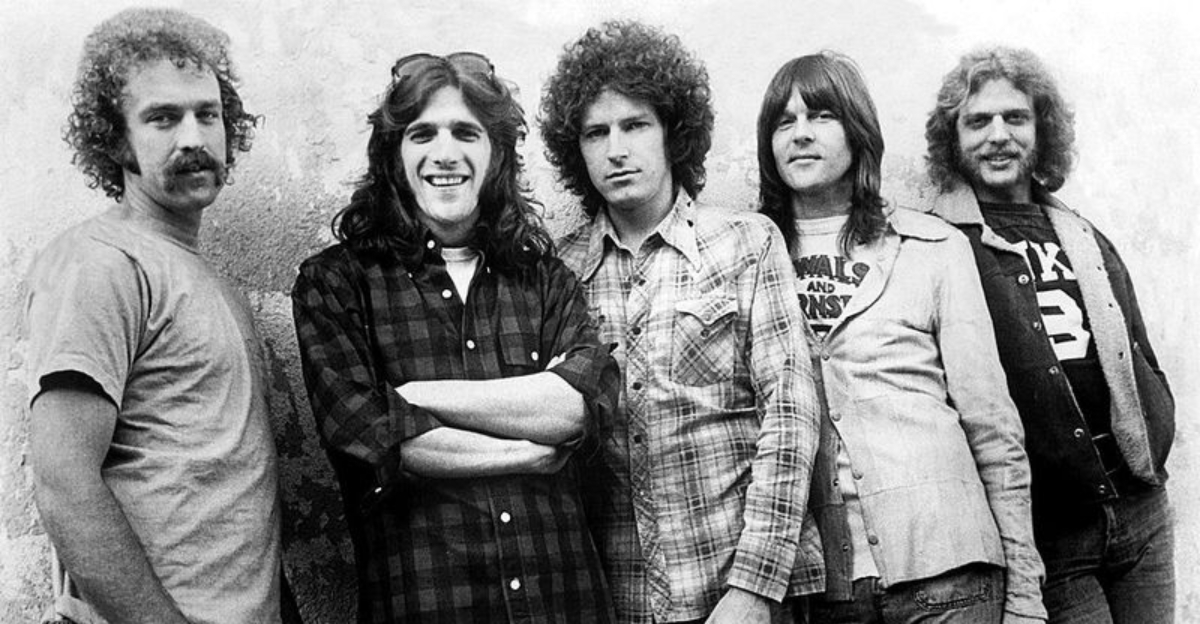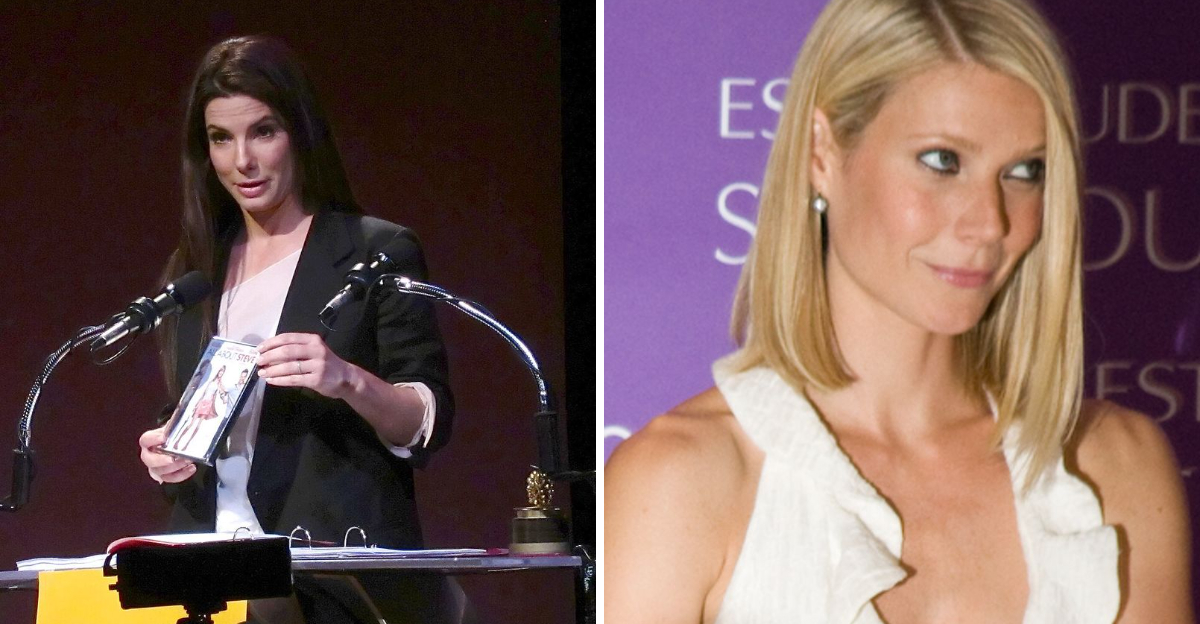The Unexpected Reasons These 15 Classic TV Shows Almost Ended
Television history is packed with shows that became legendary, but many of them nearly disappeared before reaching their iconic status. Behind every classic series lies a story of struggle, whether from budget battles, network doubts, or behind-the-scenes drama.
Today we’re exploring the surprising obstacles that almost canceled fifteen beloved shows before they could cement their places in pop culture history.
Disclaimer: The historical accounts and production details described in this article are based on publicly available interviews, archival records, and entertainment industry reports. While care has been taken to ensure accuracy, some behind-the-scenes events and recollections may vary by source or participant. All television show titles and trademarks mentioned are the property of their respective rights holders.
1. I Love Lucy

CBS executives initially refused to air this groundbreaking sitcom because they doubted audiences would accept Lucille Ball’s real-life Cuban husband, Desi Arnaz, as her on-screen partner. The network wanted a different actor entirely.
However, Lucy and Desi fought back by touring the country with a live vaudeville act, proving their chemistry worked with real audiences. Their determination saved the show and changed television forever, introducing the three-camera filming technique still used today.
2. Star Trek: The Original Series

Low ratings almost torpedoed this sci-fi masterpiece after just two seasons. NBC planned to cancel it completely, but something miraculous happened that executives never expected.
Passionate fans launched an unprecedented letter-writing campaign, flooding the network with over one million pieces of mail demanding the show continue. Though it only earned one more season, that third year gave us some of the most memorable episodes and allowed the franchise to eventually spawn movies, spin-offs, and a cultural phenomenon spanning decades.
3. MASH

During its first season, MASH struggled to find an audience and faced cancellation due to disappointing ratings. CBS wasn’t convinced this dark comedy about war could succeed against lighter sitcoms.
Everything changed when the network moved it to a better time slot following All in the Family. Suddenly, viewers discovered this brilliant blend of humor and heartbreak, and MASH became one of television’s most beloved series, eventually delivering the most-watched finale in TV history with over 105 million viewers tuning in.
4. Saturday Night Live
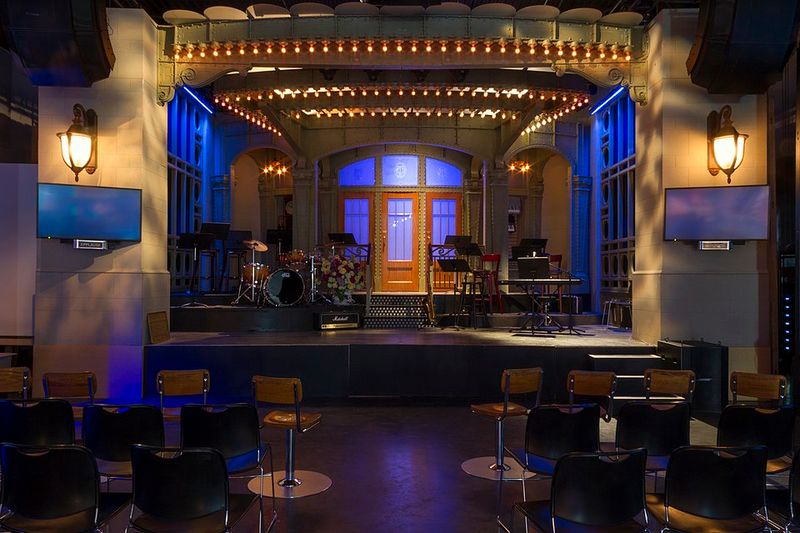
After its revolutionary first season, SNL faced an identity crisis when creator Lorne Michaels considered leaving and NBC executives questioned whether the edgy format could sustain itself. Critics wondered if the show was just a fad.
Michaels stayed, and the show evolved with each cast change, proving its format was timeless rather than trendy. Though it’s faced multiple near-cancellations over five decades, SNL adapted by discovering new comedy legends like Eddie Murphy, Tina Fey, and countless others who kept audiences laughing.
5. The Simpsons

Fox executives nearly pulled the plug before the first full season even aired because the animation quality looked rough and production costs were skyrocketing beyond initial estimates. The network worried it had made a costly mistake investing in primetime animation.
Once episodes started airing, however, audiences fell in love with Homer, Marge, Bart, Lisa, and Maggie. The Simpsons became a cultural juggernaut, proving animated shows could thrive in primetime and eventually becoming the longest-running American sitcom ever, surpassing 30 seasons and counting.
6. Seinfeld
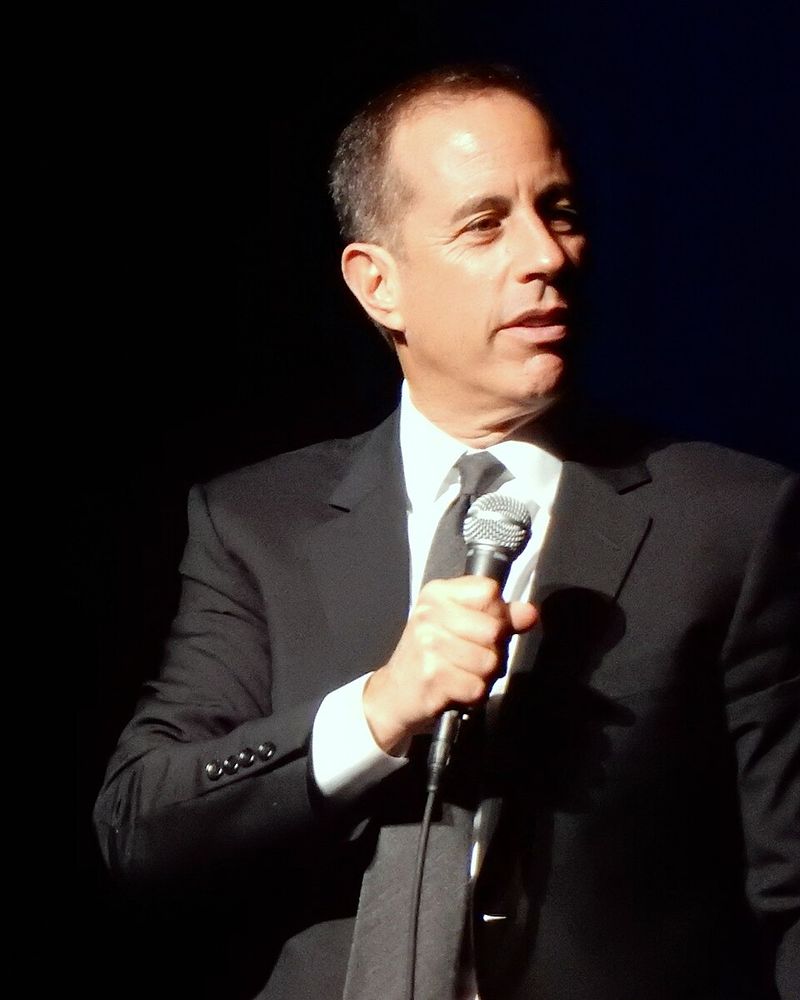
NBC ordered only four episodes initially because test audiences didn’t understand the show about nothing, and executives thought it was too quirky and New York-centric for mainstream America. The pilot tested poorly with focus groups.
Thankfully, one NBC executive believed in Jerry Seinfeld and Larry David’s vision enough to give them another chance. That faith paid off spectacularly as Seinfeld eventually dominated Thursday nights, revolutionized sitcom storytelling, and became one of the most successful shows in television history with a finale watched by 76 million people.
7. Gilligan’s Island

Critics absolutely savaged this silly sitcom when it premiered, calling it mindless and predicting it would disappear quickly. CBS executives wavered, wondering if the simple premise of castaways could sustain multiple seasons of storytelling.
Kids and families disagreed with the critics entirely. Gilligan’s Island became a ratings hit, proving that sometimes wholesome, escapist entertainment is exactly what audiences crave. Though it only lasted three seasons originally, syndication turned it into a beloved classic that generations continue discovering and enjoying decades later.
8. Doctor Who

Budget constraints nearly killed this British sci-fi series multiple times throughout its original run. The BBC constantly questioned whether the show was worth the production costs, especially when ratings dipped during certain eras.
Passionate fans and creative producers kept finding ways to continue the Doctor’s adventures despite shoestring budgets. Though the classic series eventually ended in 1989, the character’s legacy survived, leading to a triumphant revival in 2005 that introduced the Time Lord to whole new generations of viewers worldwide.
9. All In The Family
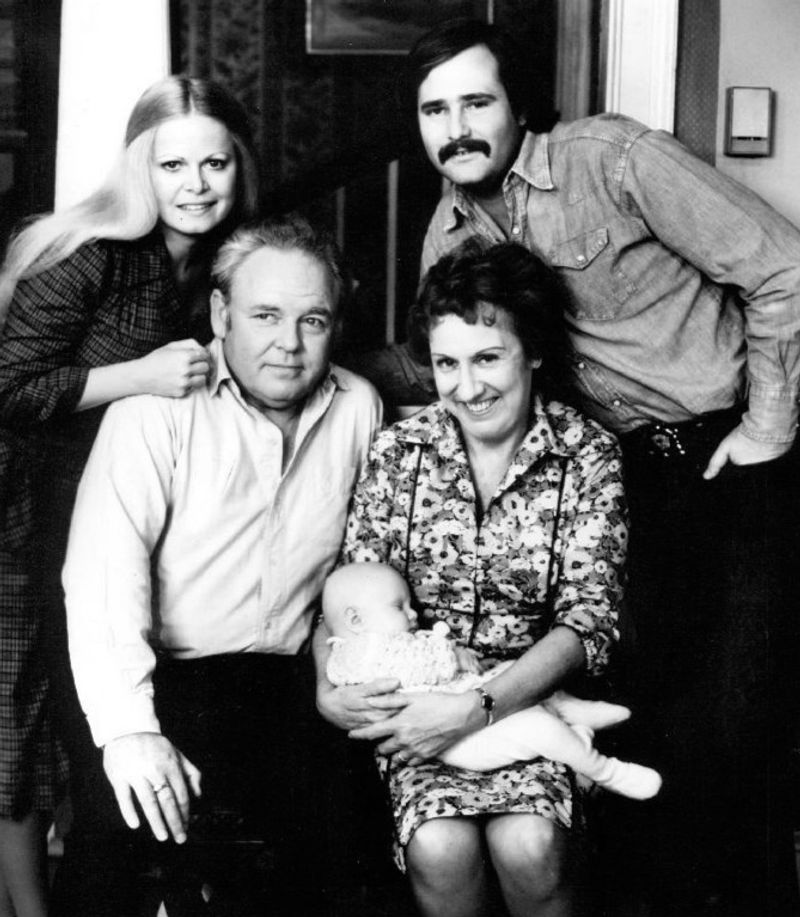
CBS executives were terrified to air this controversial sitcom that tackled racism, sexism, and political division head-on. Network brass feared backlash and boycotts from advertisers and viewers who might find Archie Bunker’s bigoted character offensive rather than satirical.
Creator Norman Lear convinced them that America was ready for honest conversations about difficult topics. He was absolutely right. All in the Family became a ratings phenomenon, sparked important cultural discussions, and proved television could be both entertaining and socially relevant, winning numerous Emmy Awards.
10. Miami Vice

NBC almost canceled this stylish cop drama after its second season when production costs became astronomical. The show’s signature look, featuring designer clothes, exotic cars, and location shooting in Miami, was exceeding budget expectations faster than executives anticipated.
Producer Michael Mann argued the visual style was essential to the show’s identity and cultural impact. NBC reluctantly agreed to continue, and Miami Vice went on to define 1980s television aesthetics, influencing fashion, music, and countless other shows while making stars of Don Johnson and Philip Michael Thomas.
11. The A-Team

Parent groups and watchdog organizations protested this action show’s violence, putting enormous pressure on NBC to cancel it despite strong ratings. Critics complained that the constant gunfights and explosions set a bad example for young viewers tuning in weekly.
The producers made a clever compromise: they kept the action but ensured nobody ever actually got seriously hurt on screen. Bad guys always walked away from spectacular crashes and shootouts. This cartoonish approach satisfied critics while maintaining the fun, and The A-Team became a beloved 1980s classic that still entertains today.
12. Knight Rider

The talking car concept seemed too ridiculous to many NBC executives who thought audiences wouldn’t accept a crime-fighting vehicle with artificial intelligence. Initial pitches were met with skepticism and laughter from network decision-makers who considered it pure fantasy.
However, producer Glen A. Larson’s vision combined action, technology, and charm perfectly. David Hasselhoff’s charisma alongside KITT’s witty personality created magic that resonated with viewers. Knight Rider became a hit, spawning merchandise, video games, and proving that sometimes the most outlandish concepts make the most entertaining television when executed with heart and style.
13. Twin Peaks

ABC executives were completely puzzled by David Lynch’s unconventional murder mystery that mixed soap opera, horror, and surrealism into something television had never seen before. Network brass demanded Lynch reveal who killed Laura Palmer immediately, fearing audiences would lose patience.
Lynch resisted, insisting the journey mattered more than the destination. Though the show struggled with ratings and was canceled after two seasons, Twin Peaks became a cult phenomenon that influenced countless shows afterward. Its legacy proved that taking creative risks, even when networks resist, can create art that endures and inspires.
14. The Brady Bunch
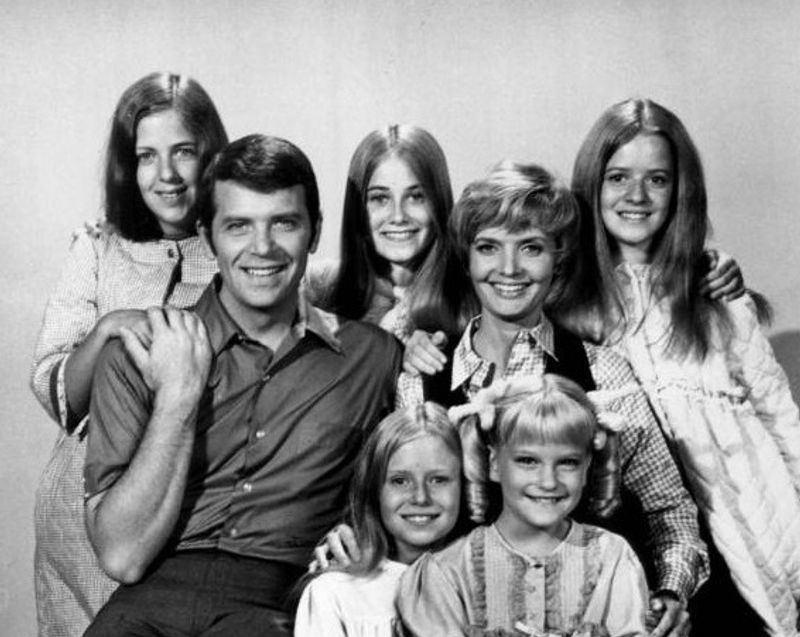
Despite becoming a cultural touchstone, The Brady Bunch never cracked the top 30 shows during its original run, making ABC executives question its value season after season. Critics dismissed it as unrealistic and overly wholesome compared to edgier contemporary sitcoms gaining attention.
The show survived five seasons through sheer determination before cancellation, but syndication revealed its true power. Kids who grew up watching reruns made the Brady family more famous after cancellation than during its original run, proving that immediate ratings don’t always predict lasting cultural impact or multigenerational appeal.
15. Cheers

Cheers ranked dead last in the ratings during its first season, making it the lowest-rated show NBC kept on the air. Every metric suggested cancellation was inevitable, and executives had already started planning replacement programming for the time slot.
One patient executive believed the Boston bar comedy had potential if given time to find its audience. That gamble paid off spectacularly as Cheers became one of the most acclaimed sitcoms ever, winning 28 Emmy Awards across 11 seasons and launching successful spin-offs like Frasier. Sometimes great shows just need time to pour the perfect pint.



